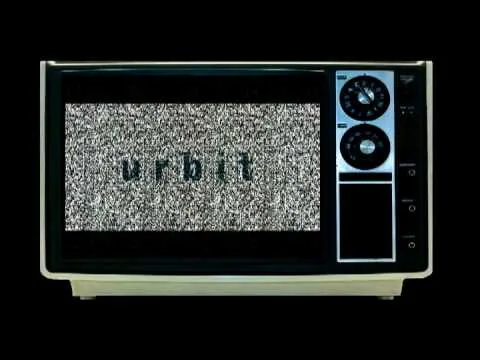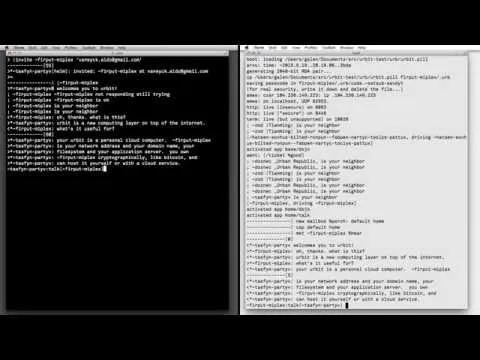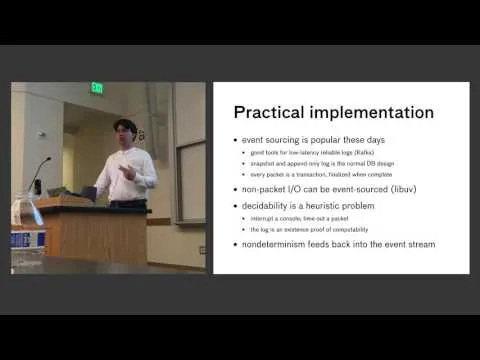Urbit and Digital Real Estate
Many of you may intuitively know what digital real estate is from examples such as domain name squatting and popular items in MMO games like Diablo 2 or World of Warcraft. These items and this industry has created millionaires without most people even understanding that there is a such thing as digital real estate. So I will start a discussion in digital real estate because Urbit offers a unique opportunity. In fact the opportunity was so unique that it sold out within hours before I could even buy a planet.
What is Urbit?

In Urbit, network identities are cryptographic property, like Bitcoin. If Bitcoin is money and Ethereum is law, Urbit is land.
Urbit is the first "personal cloud computer". The ability for each and every person to have their own cloud computer also would mean each and everyone would have their own cloud server. This have incredible value but the question remains how does Urbit work to accomplish that?
Urbit has an incredibly unique design. It's level of innovation is on a level similar to Graphene when it was first released. It is a combination of an operating system, a personal cloud computer, a functional programming language. Urbit is so unique in fact that it may even be useful to integrate with Graphene and I will hopefully cover that topic at a future date.
Urbit technically can be defined as a deterministic computer.
Urbit address spaces
The digital real estate in Urbit is based on the address spaces. Because Urbit uses a concept they refer to as ships for the purpose of human readable cryptographic identity, which looks like these examples below:
Size Name Parent Object Example
----- ------ ------ ------ -------
2^8 galaxy ~ supernode ~zod
2^16 star galaxy supernode ~doznec
2^32 planet star user ~tasfyn-partyv
2^64 moon planet device ~sigsam-nimbot-tasfyn-partyv
2^128 comet ~ bot ~racmus-mollen-fallyt-linpex--watres-sibbur-modlux-rinmex
Technically, an urbit is a secure digital identity that you own and
control with a cryptographic key, like a Bitcoin wallet. As in
Bitcoin, the supply of urbits is mathematically limited. This keeps
the network friendly, by making spam and abuse expensive.
An urbit name is just a number; smaller numbers make shorter names. Shorter names are easier to remember, so they're more valuable. So urbits are classified by the number of bits in their name. (A ship name is just a scrambled >base-256 representation of the number.)
But this doesn't even scratch the surface of the power offered by Urbit or the ambition. As I said previously, the only thing similar to this level of innovation is the innovation seen in Graphene so it is in the best interest of all interested in these matters to take a very close look at Urbit
The functional programming language of Urbit is called Hoon. Hoon is described as:
Hoon is a strict, higher-order typed functional language that compiles itself to Nock.
Whereas Nock is described as:
Nock is a Turing-complete, non-lambda combinator interpreter.
What can we do with Urbit?
One thing an individual can do with something like Urbit is build a personal exocortex from intelligent agents. Indeed, see:
The first thing your Urbit can do is act as a transparent layer to your existing services. We’d like urbit to be usable as a self-hosted IFTTT for geeks. Your urbit can hold your keys, store data, run programs and seamlessly connect to your existing services. Plus, with a global revision controlled filesystem it’s easy to share API connectors and keep them up to date.
With an Urbit running on your machine you can ls your Gmail from Unix. Write a short script to poll Twitter on a keyword and deliver the results to your email or into a Slack channel.
Of course an exocortex functionality isn't the only thing you can do with Urbit. You can also integrate it into Graphene to host front ends to blockchains just as Steemit is doing.
References


